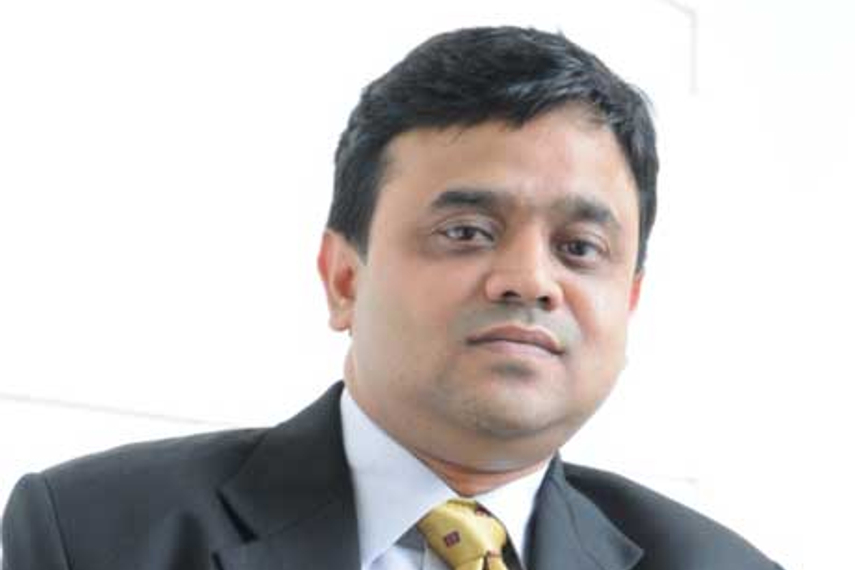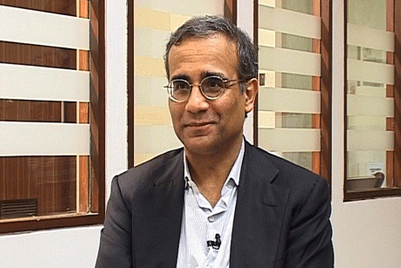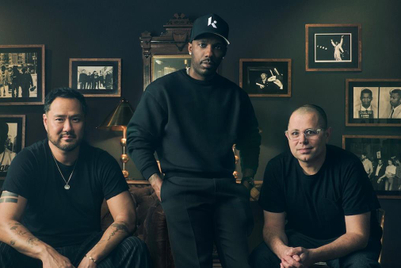
When one speaks of the OOH industry, the best estimate major media agencies work on is: it is between Rs 2000 to 2300 crores. And it is growing.
The OOH as a medium has come up as a part of the overall media mix that brands and brand marketers are using to communicate with their TG. Today, OOH is perceived as a primary mode of communication by multiple brands across categories like telecom, media & entertainment. Plus it is an important media mix by most brands in other categories.
Marketers have realised the efficiency and efficacy of the medium and OOH is now an integral part of most campaign planning. This is a paradigm shift from an era where OOH was used as more as a "recall or support" medium. Marketers appreciate (and so do media agencies) that without a holistic approach, communication in silos do not have the multiplier effect that they would ideally like to have. For me, this is the key difference and trend that had developed in the last year. As efficacy, efficiency and effectiveness of the medium increases, OOH is becoming more and more relevant and important in its own right as a medium that delivers. That said, we have a long way to go.
There are two types of innovations that are essentially possible in any medium, including OOH; one is medium-led and the other is design-led.
In my view, OOH is a medium that can effectively do both. Innovations including integrating digital display with static display on billboards, creative-led innovations with high impact sites being used are some of the trends that one notices in the OOH space.
Some of the innovations that have caught the imagination and had impact ,in my individual view, would be the Nokia campaign at T3 in Delhi, the Religare campaign in Delhi, the STel bus campaign in Orissa, the Aircel Campaign in Mumbai, the Toshiba campaign in Delhi. There are others, as well.
Point is, if the marketer and the agency align and strategically use either design or medium or both, the OOH space can be an excellent innovative medium. A word of caution is that innovations should not be the objective in itself, again personally speaking, in my view, doing one innovation at a particular spot may be good for the PR of the agency, but the question to ask is that how much scalable is the innovation and what value it brings to the brand.
In my view, strategic understanding of the objective of the campaign shall determine the tactical usage of medium and in my mind, there are no winners or losers between the different mediums. The objective is important and then the balance shall follow.
Future is what we will make of it and the actions of the present will decide the result of the future. Opportunities come in many forms and formats, choices are what makes the difference. As I already said, the biggest opportunity that has come is the change in the mind set of many marketers and planners who now value the medium as an integral and not a peripheral value add to the media mix. We also have seen the formation of various associations of OOH media concessionaires, either regionally and/or also on a national level where they are engaging amongst themselves as also inviting engagement of agencies and clients. This to me is important and critical. That said, the industry needs to acknowledge the deficiencies of process compliance and delivery compliance that it faces and take bold steps to rectify them, rather than gloss over the issues. The ball has just started rolling, what needs to be seen is how bravely and honestly all stake holders work towards achieving the stated objective.


.jpg&h=334&w=500&q=100&v=20250320&c=1)
.jpg&h=334&w=500&q=100&v=20250320&c=1)

.jpg&h=334&w=500&q=100&v=20250320&c=1)


.jpg&h=334&w=500&q=100&v=20250320&c=1)
.jpg&h=334&w=500&q=100&v=20250320&c=1)




.gif&h=268&w=401&q=100&v=20250320&c=1)

.png&h=268&w=401&q=100&v=20250320&c=1)

.jpg&h=268&w=401&q=100&v=20250320&c=1)

